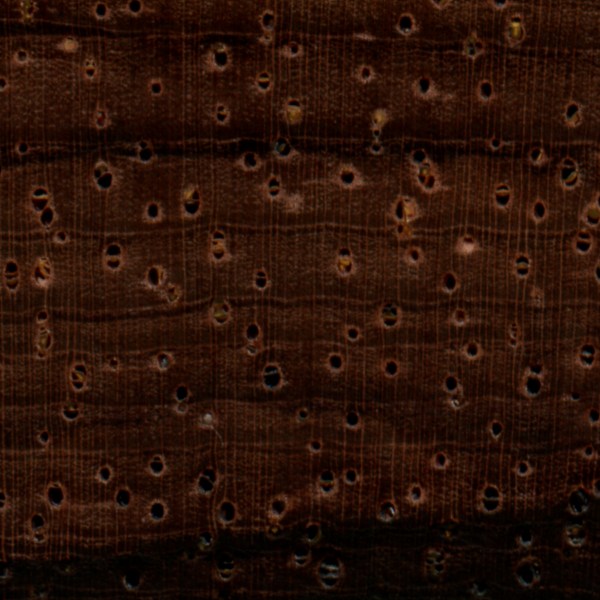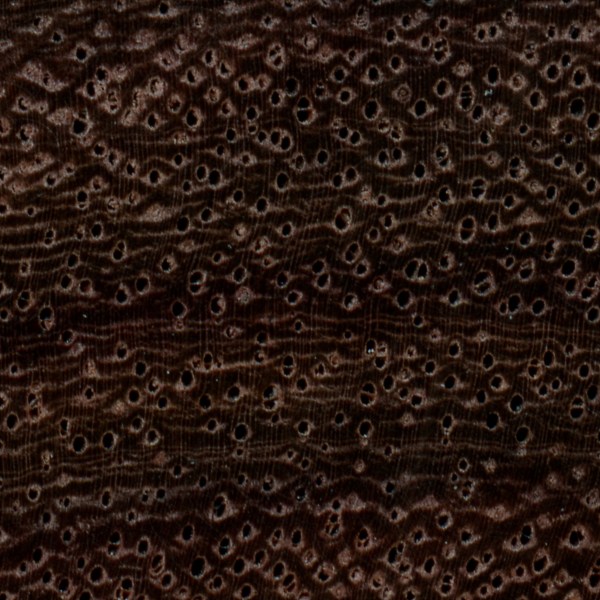chazmo
Super Moderator
I believe this is Brazillian Rosewood based only on the visual evidence of this photo and nothing else:

does anyone agree or disagree?
mav, stirring the pot?
So, I'll play. I disagree...
Is this an F-50R, F-47R, or F-30R, mav? If you know the year is '69 or earlier, then it probably *is* Brazilian.
And, all that said, this is academic. That is a beautiful piece of rosewood and I'll bet that instrument is wonderful and well aged.


